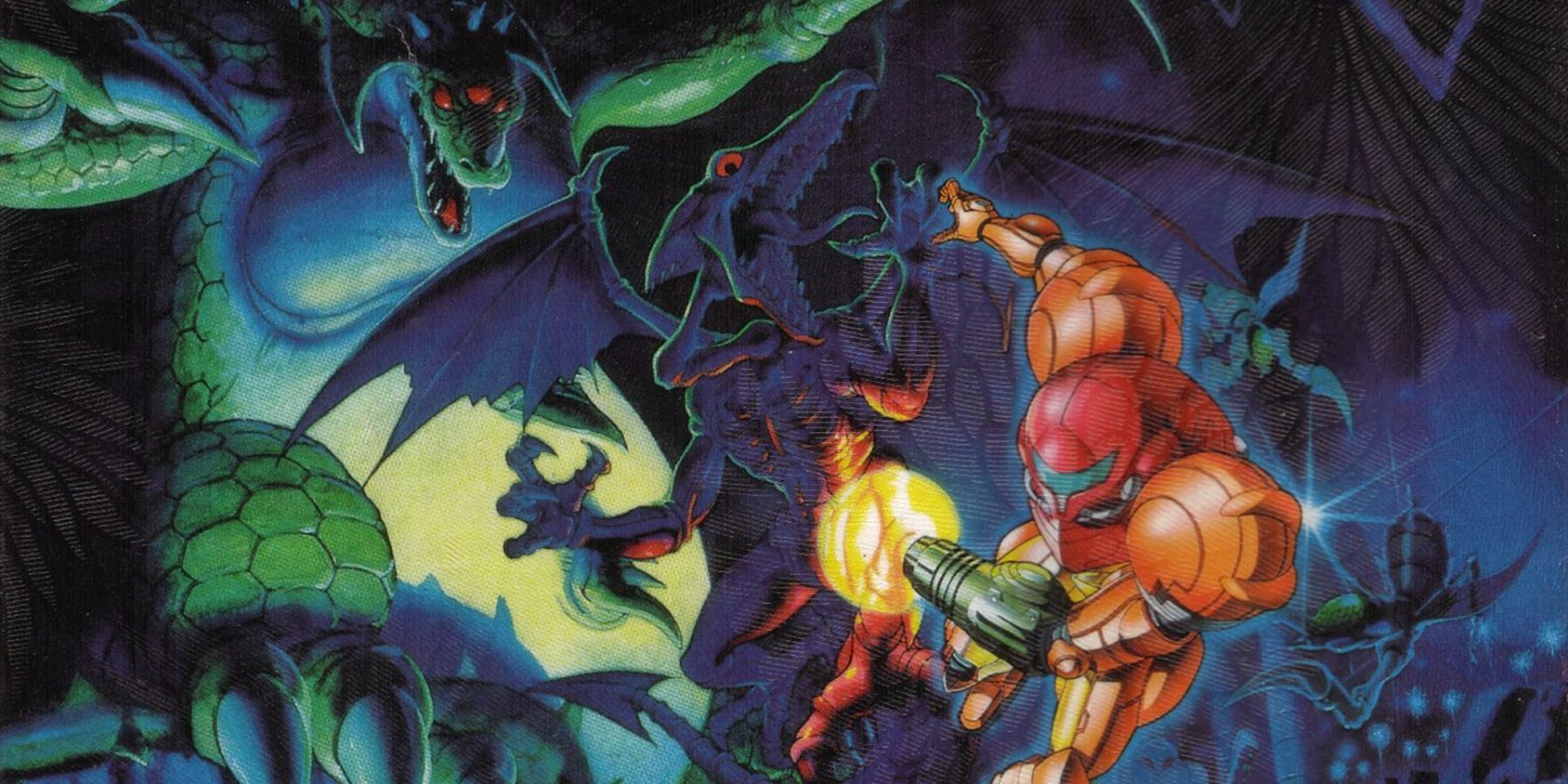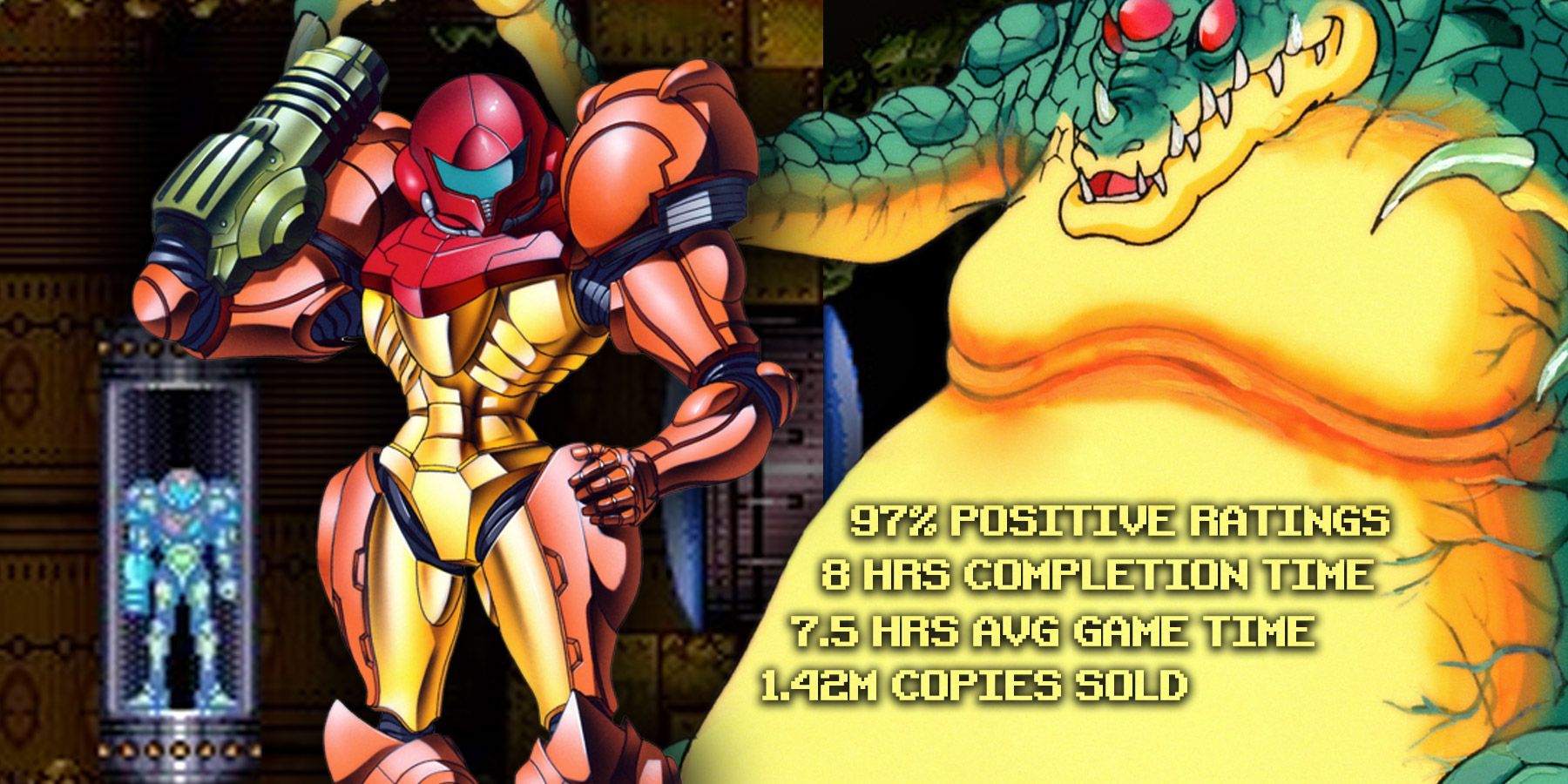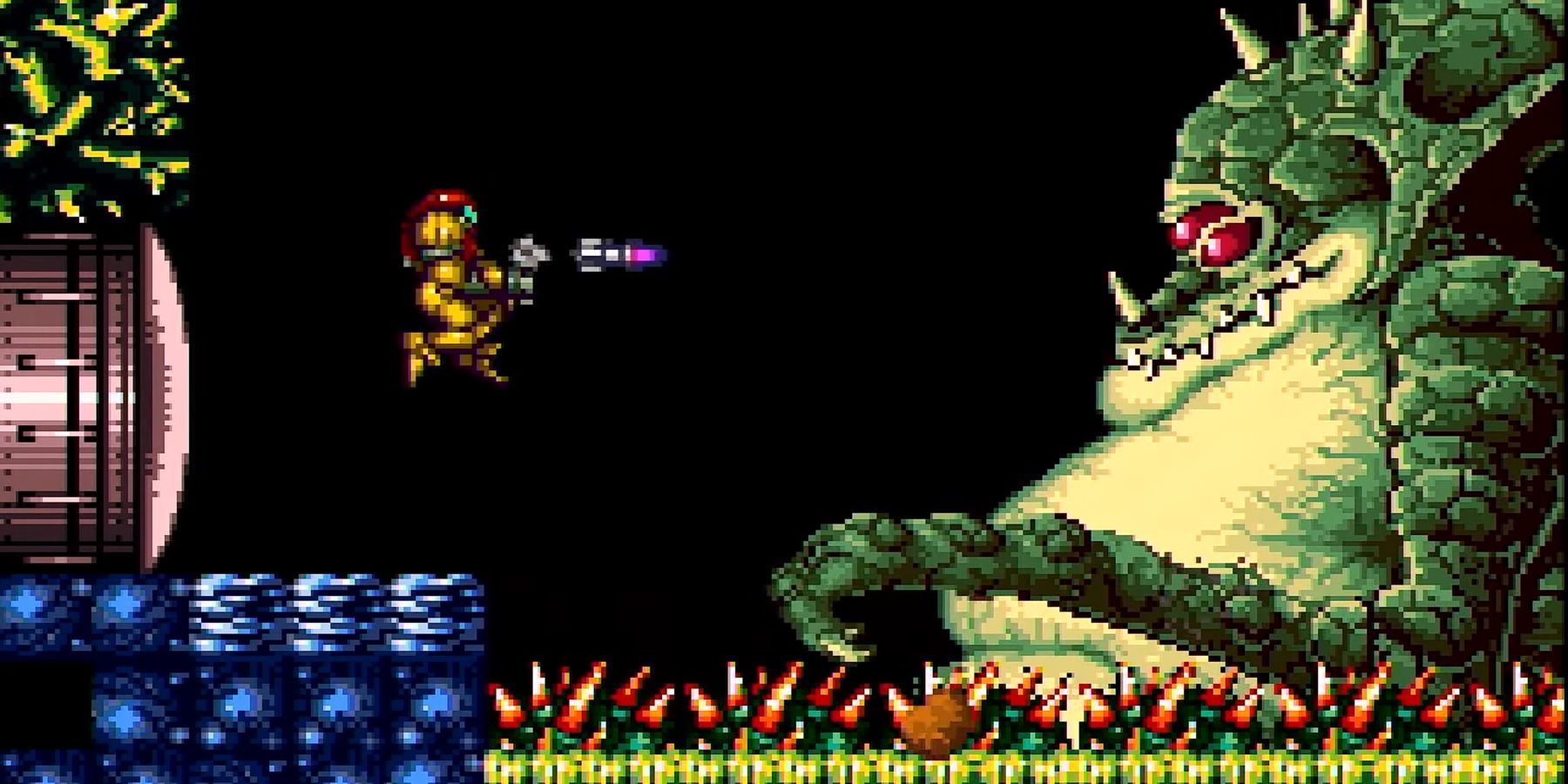Super Metroid launched 30 years ago for the SNES and was developed by Intelligent Systems, who had developed the original NES title and would go on to be known for their work on the Fire Emblem series. As the third title in the series, following Metroid on the NES and Metroid 2: Return of Samus on the Game Boy, Super Metroid already had a formula established by these previous entries to work with. However, it was the way Super Metroid fleshed out this formula and developed it beyond what its predecessors had done that made the game such a stand-out success and cemented its legacy as one of the best games of all time.

Super Metroid Set the Gold Standard for Action-Adventure Games

How Super Metroid Helped Popularize the 'Metroidvania' Genre
Fans of Super Metroid and similar action-adventure games are likely familiar with some of the genre's hallmarks, like exploring the game's map to unlock new power-ups that allow players to access new areas and checkpoints that aid in this exploration and back-tracking. While a game like The Legend of Zelda allowed players to explore a large map, and Super Mario Bros. challenged players' platforming skills, the Metroid series combined these two elements but failed to gain the same popularity. However, Super Metroid launched the series into the spotlight by refining the gameplay of its predecessors, laying the foundation for what the Metroidvania genre would become.
The term "Metroidvaina" has become the colloquial word to describe action-adventure games within the gaming community, even becoming widely used enough to warrant a tag on Steam. This term is a portmanteau of "Metroid" and "Castlevania," series that hold two of the most beloved games of this genre. While Super Metroid wasn't the first game to include what would become genre staples, its fluidity of movement, combat, and exploration wrapped up in a visually stunning package helped it stand out and jumpstart the "Metroidvania" genre.
New Mechanics Super Metroid Introduced
One of the biggest criticisms of the original Metroid was its clunky movement in comparison to other platformers on the NES, like Super Mario Bros. Super Metroid went to great lengths to overhaul this movement system, creating one of the most fluid platforming experiences available at the time. Contributing to this system were the new upgrades Samus could acquire in Super Metroid, many of which affected how players could maneuver throughout the world and helped establish Super Metroid as such a popular title among the speedrunning community.
Among these new power-ups was the Speed Booster, which allowed players to build up speed as they ran and perform the now-iconic Shinespark move, propelling players upward through breakable blocks within the game's map. Another important traversal upgrade was the Grapple Beam, which allowed players to fire a grappling hook-like laser out of Samus' arm cannon to swing across otherwise inaccessible terrain. The addition of these upgrades would also lead to the development of a new suit for Samus to obtain, the Gravity Suit, which allowed players to freely traverse areas with stronger gravity, such as underwater.
Super Metroid's Influence Can Still Be Felt in Both the AAA and Indie Gaming Scene Today

Notable Indie Games Inspired by Super Metroid
The love for Super Metroid is still felt by both players and developers alike 30 years later, with the primary legacy of the title seen within the numerous indie games it inspired. Some of the most popular indie games in the genre include titles like Ori and the Blind Forest, Blasphemous, and Axiom Verge, all of which have their roots in Super Metroid's unique movement system and 2D exploration-based gameplay. What's great about the modern indie gaming scene is the way these titles are able to replicate the look and feel of a classic title like Super Metroid while simultaneously expanding upon its beloved elements to create a new era of iconic titles.
Hollow Knight is likely the most popular among the modern revival of the Super Metroid-inspired games, with its sequel, Hollow Knight: Silksong, being one of the most anticipated indie titles currently in development. It's clear that Hollow Knight takes a lot of inspiration from Super Metroid not only in its map and combat design but in its movement systems as well. A key part of success in Hollow Knight is utilizing the different abilities players can find throughout the Hollownest to enhance their movement capabilities, which makes the game's world similarly satisfying to traverse and contribute to Hollow Knight's popularity.
Super Metroid's Legacy Still Inspires AAA Games
While the indie gaming scene may be home to the most modern Metroidvania games, the legacy of Super Metroid can still be felt within AAA titles as well. Although Metroid Prime 4 dominates discussion in most Metroid fan circles, the release of Metroid Dread back in 2021 came as a pleasant surprise to fans who thought the days of a 2D Metroid on a home console were gone. As the first home console 2D Metroid title since Super Metroid, fans had high expectations for Metroid Dread that the game exceeded, earning glowing praise from both players and critics.
Outside the Metroid series, there have been some other AAA developers who have made their foray into the world of modern Metroidvanias as well. The most notable of these titles is Ubisoft's recent Prince of Persia: The Lost Crown, which successfully translates the developer's classic franchise to this new genre by giving players solid combat scenarios between exploration and puzzle-solving segments reminiscent of other titles in the genre. The fact that studios are still successfully adapting Super Metroid's formula to AAA titles 30 years later is a testament to just how revolutionary this iconic title was for its time.





